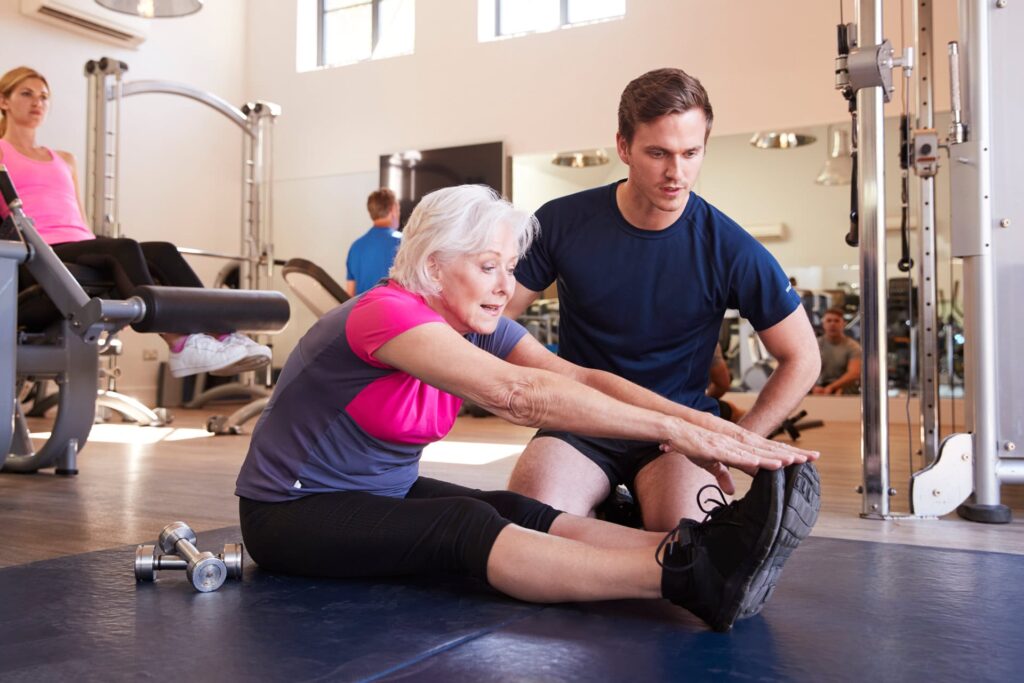Personal Training Assessments: A Key to Personalized Fitness

As a personal trainer, your primary goal is to help clients achieve their health and fitness objectives in a safe, efficient, and sustainable manner. To accomplish this, conducting thorough personal training assessments is essential. These assessments provide valuable insights into a client’s current fitness level, health status, and individual needs, allowing you to design personalized programs that optimize results and minimize the risk of injury. In this article, we’ll explore the importance of personal training assessments, the key components to include, and how to effectively use the gathered information to create tailored fitness programs that drive client success.
The Importance of Personal Training Assessments
Personal training assessments serve several crucial functions in the client-trainer relationship:
- Establishing a Baseline: Assessments help determine a client’s starting point, providing a clear picture of their current fitness level, strengths, and areas for improvement. This baseline allows you to set realistic goals and measure progress over time.
- Identifying Potential Risks: By gathering information about a client’s health history, injuries, and medical conditions, you can identify any potential risks or limitations that may impact their ability to exercise safely and effectively.
- Tailoring Programs: The data collected during assessments enables you to create personalized fitness programs that cater to a client’s specific goals, preferences, and needs, increasing the likelihood of adherence and success.
- Enhancing Client Engagement: Assessments demonstrate your professionalism and commitment to understanding and addressing each client’s unique circumstances, fostering trust, rapport, and motivation.
- Tracking Progress: Regular assessments throughout a client’s fitness journey help monitor their progress, celebrate achievements, and make data-driven adjustments to their program as needed.
Key Components of Personal Training Assessments
A comprehensive personal training assessment should cover the following areas:
- Client Questionnaire: Begin with a detailed questionnaire that collects information about the client’s age, occupation, lifestyle habits, exercise history, and medical background. This information provides context for interpreting assessment results and designing appropriate programs.
- Goal Setting: Work with the client to identify their primary fitness goals, whether it’s weight loss, muscle gain, improved athletic performance, or general health and well-being. Understanding their motivations and aspirations helps you create a program that aligns with their objectives.
- Body Composition Analysis: Assess the client’s body composition using methods such as skinfold measurements, bioelectrical impedance, or circumference measurements. This data helps track changes in body fat percentage, lean muscle mass, and overall body composition over time.
- Cardiovascular Fitness Assessment: Evaluate the client’s cardiovascular endurance using tests like the 3-minute step test, 1-mile walk/run test, or submaximal bike or treadmill protocols. These assessments help determine the client’s current cardio fitness level and guide the design of appropriate cardiovascular training programs.
- Strength and Muscular Endurance Assessment: Test the client’s strength and muscular endurance using exercises targeting major muscle groups, such as push-ups, squats, or bench press. Record baseline numbers to track improvements and ensure the resistance training program is progressive and challenging.
- Flexibility Assessment: Assess the client’s flexibility and range of motion using tests like the sit-and-reach or shoulder flexibility test. Identifying areas of tightness or limited mobility helps guide the inclusion of appropriate stretching and flexibility exercises in their program.
- Movement and Postural Screening: Observe the client’s posture, movement patterns, and any visible imbalances or asymmetries. This information helps identify potential areas of weakness or overcompensation that may increase the risk of injury or hinder progress.

Utilizing Assessment Data to Create Personalized Fitness Programs
Once you’ve collected the necessary data through personal training assessments, use this information to design a tailored fitness program that meets your client’s individual needs and goals:
- Set SMART Goals: Use the assessment data to set Specific, Measurable, Achievable, Relevant, and Time-bound (SMART) goals that align with the client’s aspirations and current fitness level.
- Select Appropriate Exercises: Choose exercises that target the client’s goals, address any identified weaknesses or imbalances, and accommodate any limitations or medical conditions.
- Determine Training Frequency and Intensity: Based on the client’s assessment results, goals, and availability, establish a training schedule that allows for progressive overload and adequate recovery.
- Incorporate Variety: Design a well-rounded program that includes a mix of cardiovascular training, resistance training, and flexibility work to promote overall fitness and prevent boredom or plateaus.
- Monitor and Adjust: Regularly reassess the client’s progress and make data-driven adjustments to their program as needed to ensure continuous improvement and adherence to their goals.
Enhancing Your Skills as a Personal Trainer
To effectively conduct personal training assessments and create personalized fitness programs, investing in your education and professional development is crucial. The College of Health and Fitness (COHAF) offers a range of nationally accredited courses, such as the Certificate IV in Fitness (SIS40221), which provides aspiring personal trainers with the knowledge, skills, and practical experience needed to excel in the fitness industry.
By completing a comprehensive personal training course, you’ll gain a deeper understanding of exercise science, client assessment techniques, program design, and communication strategies, enabling you to conduct effective assessments and create highly personalized fitness programs that drive client success.

Conclusion
Personal training assessments are a vital tool for gathering the information needed to create safe, effective, and individualized fitness programs. By covering key areas such as health history, goals, body composition, cardiovascular fitness, strength, flexibility, and movement patterns, you can develop a comprehensive understanding of each client’s unique needs and tailor your approach accordingly.
To enhance your skills in conducting assessments and designing personalized programs, consider pursuing a recognized qualification like the Certificate IV in Fitness (SIS40221) from COHAF. With the right education, practical experience, and a commitment to ongoing learning, you can become a highly skilled personal trainer who drives meaningful results for your clients.
Remember, personal training assessments are not just a one-time event but an ongoing process throughout a client’s fitness journey. By regularly reassessing progress, celebrating milestones, and making data-driven adjustments, you can ensure that your clients remain motivated, engaged, and on track to achieving their health and fitness goals. As a personal trainer, your ability to conduct effective assessments and create personalized programs is the key to building a successful, rewarding career that transforms lives through the power of fitness.
Learn how to do personal training assessments at Cohaf …
If you’re contemplating a career as a personal trainer, then feel free to reach out to our team to discuss your options. The College of Health and Fitness has fitness courses that are suitable and we’re happy to discuss your options.
THE TOP TEN BENEFITS OF BECOMING A PERSONAL TRAINER:
- Helping others achieve their fitness goals
- Flexible work schedule
- Career growth opportunities
- Become your own boss
- Continuous learning and development
- Networking opportunities
- Active and healthy lifestyle
- Emotionally rewarding work
- Variety in the work environment
- Potential for specialisation
